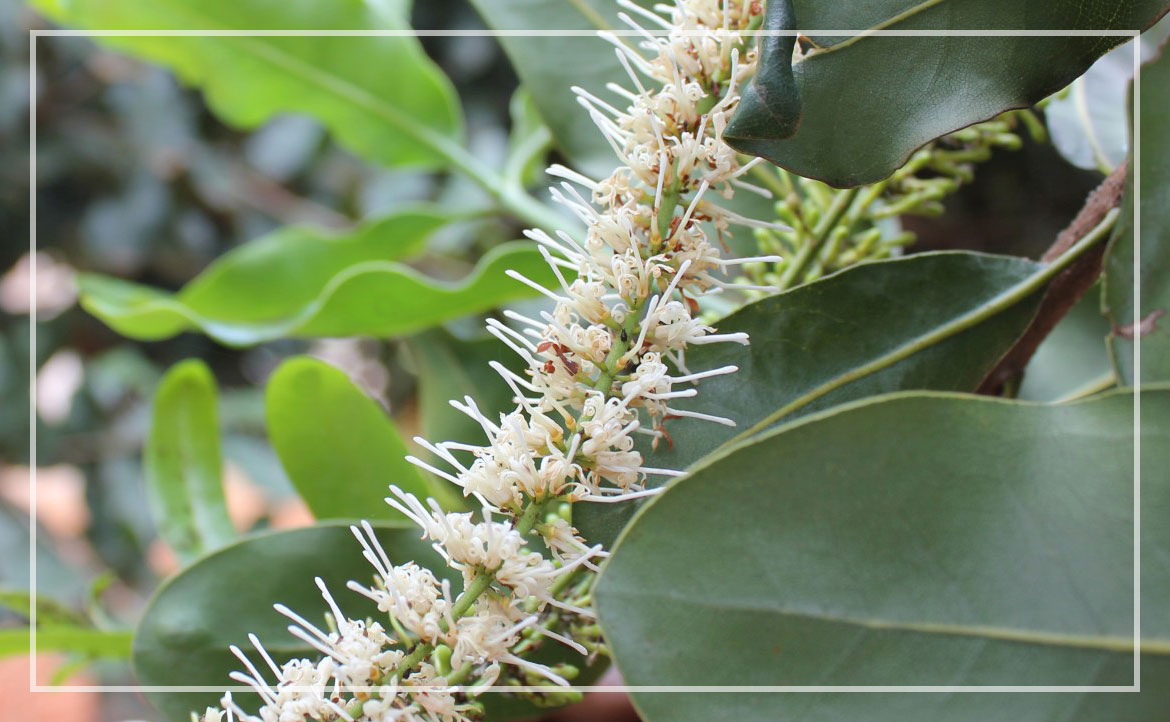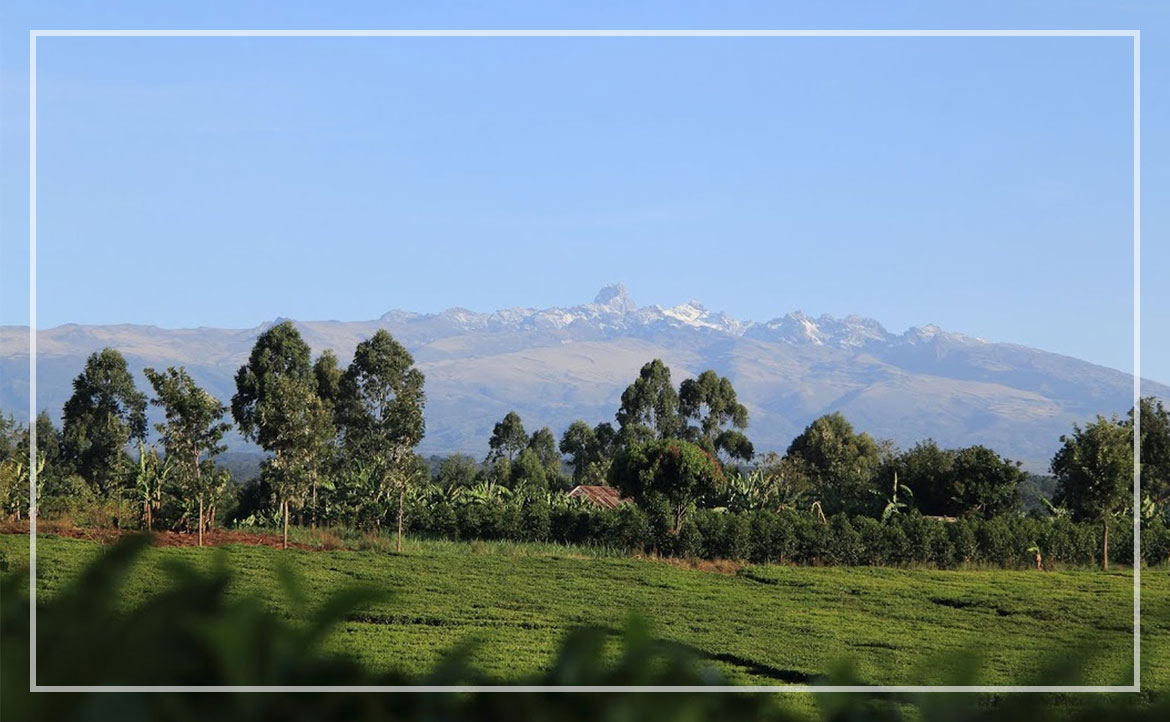Raw material profile
It is considered the queen of nuts. In its subtropical home in Australia, the evergreen, sclerophyllous macadamia trees (Macadamia ternifolia) can reach heights of up to around 15 metres. Macadamia belongs to the original silver tree family (Proteaceae), the ancestors of which developed in the ancient continent of Gondwana (consisting of South America, Africa, Antarctica, Australia, Arabia, Madagascar, New Guinea and India) in the Precambrian Age. Today, the tree is grown in Australia and New Zealand, on Hawaii, in Israel and in various countries in Africa and South America.
The appearance of the trees is strongly influenced by genetic variants and growing methods. For example, for months, long panicles of white or pinky-purplish flowers, which can vary massively in numbers, grow on the trees. There can be up to 500 blossoms on each panicle. They bloom from top to bottom. In Australia, these blossoms are pollinated not only by insects; birds and marsupials are among the more extraordinary pollinators of the macadamia tree. As a rule, after around six months only three to five percent of them mature into macadamia nuts, which, incidentally, are not actually nuts. They are what are known as stone fruit, as are walnuts, for example. Stone fruit are surrounded by an unwooded fruit flesh, while in nuts, the fruit flesh is completely wooded to form the shell. The extremely hard shell of the macadamia nut is enclosed by a green fruit flesh.
Macadamia nuts are known and sought-after as a delicious, healthy snack. Macadamia nut oil contains simple unsaturated fatty acids, which can reduce blood cholesterol levels when consumed. These include plenty of palmitoleic acid, a fatty acid which is normally found in animal fatty tissue and which has a strong antioxidative effect. B-group vitamins and vitamin E add to the value of macadamia nut oil for nutrition and also for skin care.























